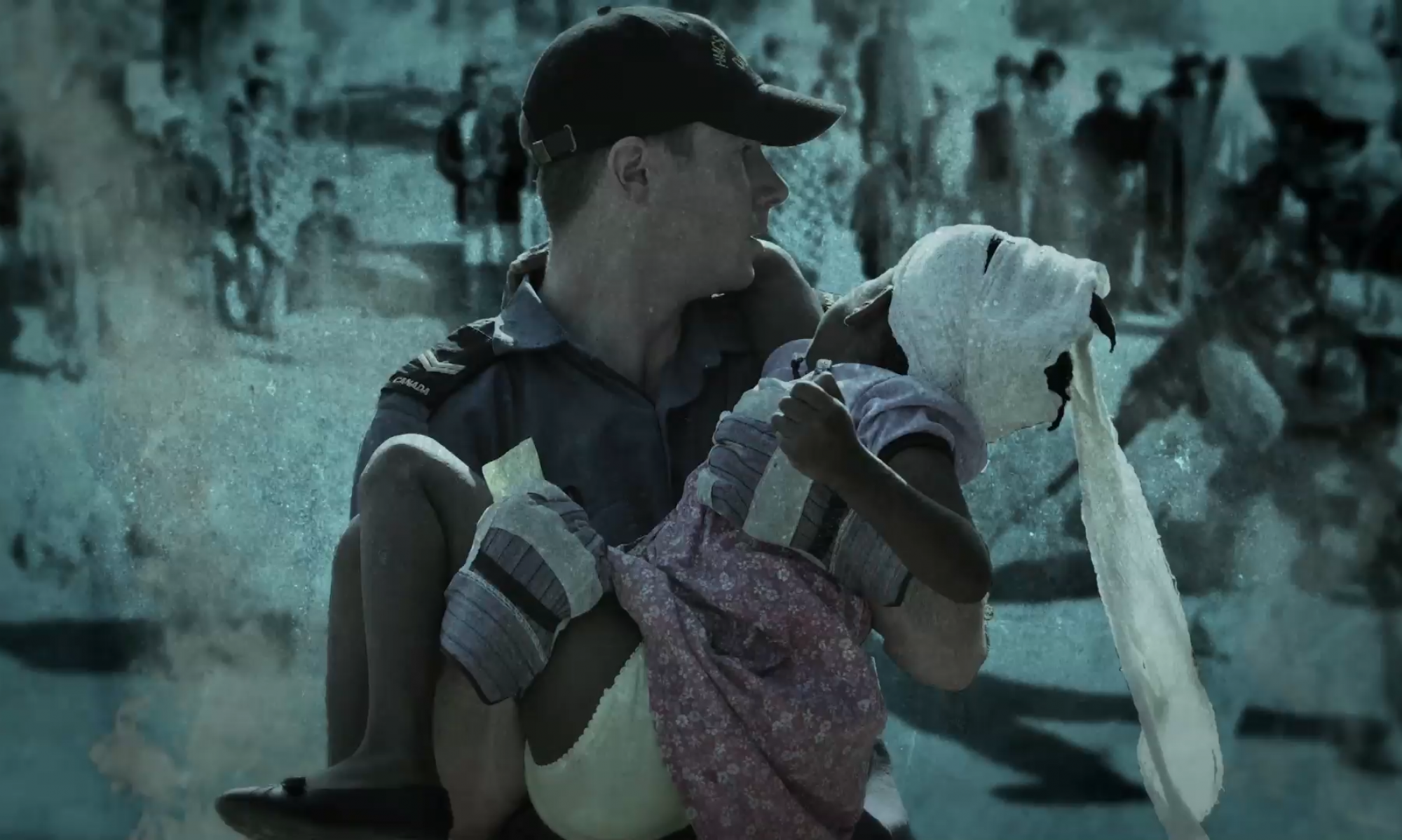Please join our mailing list for ongoing updates and news!
Long Ride Home is a communications initiative dedicated to helping currently serving and former Canadian Forces members and first responders heal from visible and non-visible injury.
Key Objectives:
To create awareness of what the current generation of Canadian Forces has achieved globally, along with the roles played by first responders in protecting Canadians from coast to coast to coast
To create awareness of the visible and non-visible price paid by many in realizing those achievements and to add to the national dialogue about what we can do to help
To document various paths that many current and former Canadian Forces members and first responders are taking to heal so that others in need can learn and be inspired to follow a healing path that is right for them
To create greater awareness of the need to support the organizations that support our soldiers and first responders
Long Ride Home is supported, in part, by the Department of National Defense’s Targeted Engagement Program
